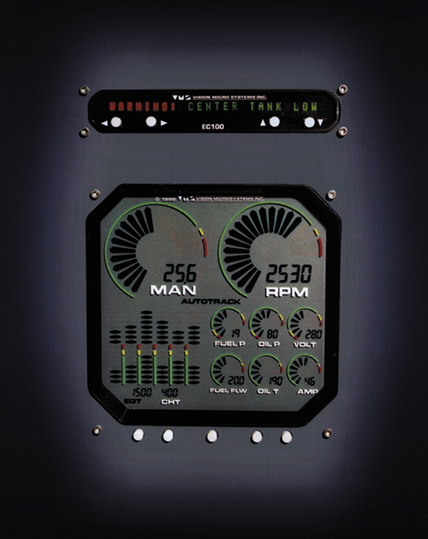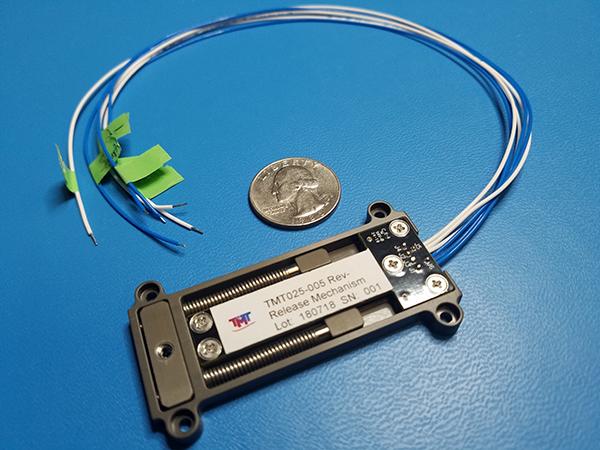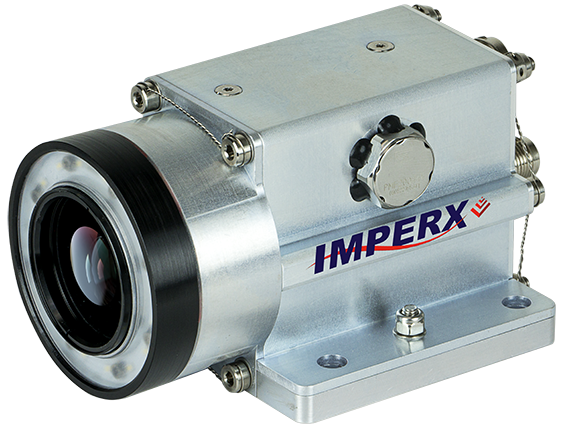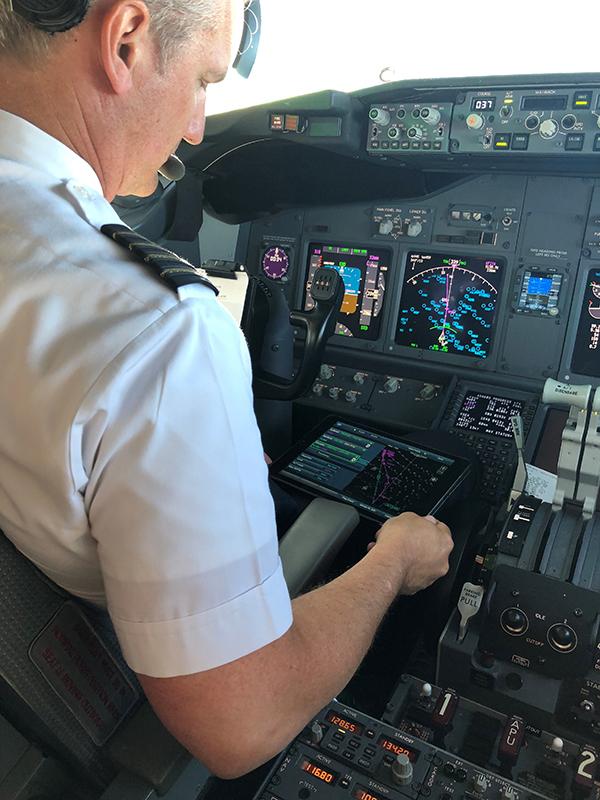Just One Look
A line of advanced engine-monitoring systems, using the latest technology in graphic analog and digital displays can make a pilot's life in the cockpit much easier.
Working under a Small Business Innovation Research (SBIR) agreement with Langley Research Center, Vision Microsystems, Inc., of Bellingham, Washington, established a unique engine management system. The work is a spinoff from Langley's Engine Management and Predictive Analysis System (EMPAS) project. EMPAS strives for innovative approaches to providing detailed information on current engine status, as well as prediction of future engine states, including potential engine failure. EMPAS is seen as a form of predictive artificial intelligence. Pilots would be advised and provided possible corrective actions by EMPAS.
This system integrates newly developed and commercially available software, hardware, sensors, and display technologiestechnologies produced or under development by Vision Microsystems, Inc.
The EMPAS effort has facilitated the company's creation of a product line of advanced engine monitoring systems. This includes the state-of-the-art VM1000 that combines ten individual instruments into one high-tech display. This engine instrumentation caution advisory system provides full sweep graphics, giving a pilot fast visual reference to operating limits and trends. The VM1000 automatically tracks changes in engine performance during flight. Microprocessor control, plus a flat panel, high-contrast display, support the firm's slogan: "Just one look...is all you need."
The VM1000 can be enhanced by the addition of the EC-100, an electronic checklist and cautionary system. Sporting a full color, easy-to-read alpha-numeric display, the EC-100 provides an array of information about engine and aircraft operating boundaries. The electronic checklist is designed around the operating characteristics of the pilot's aircraft. A number of emergency situation checklists are incorporated in the unit, such as "engine out," with data displayed at the pilot's fingertips in those moments when the cockpit workload is greatest. Checklist categories are arranged logically, making it easy and natural to select them.
Vision Microsystems also has produced the EPI 800, engine management instrumentation that consists of six individual 2 1/4-inch-diameter gauges. The EPI 800 has an onboard computer that continually analyzes engine operation and reports any abnormalities to the pilot. A built-in memory records data such as total engine hours and total fuel utilized.
Currently, the instruments are manufactured for experimental aircraft. However, the firm is in the process of obtaining approval for use in certified aircraft. The commercial potential of these engine management and predictive displays is great, offering the general aviation industry a cost-effective engine monitoring system heretofore only available, in part, to the airline industry. This technology is usable at all levels of general aviation, from the kit plane industry up to the business class, twin engine aircraft. Potential commercial uses are also foreseen in cruise ships, freighters, motor yachts, as well as private sector land vehicles, such as taxis, buses, and other revenue producing vehicles.

Vision Microsystems, Inc.'s VM1000 combines instruments into one high-tech display.













